Site Data Model
Location: Site Configuration > Data Models > Site Data Model
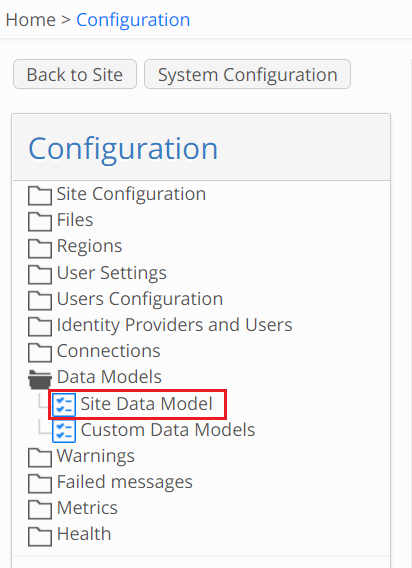
Site Data Model View
Site Data Model provides an overview of existing modules and the relationship between them.
For each module in the multi-select box, the graph shows all modules that are connected to the given module. If the source and target module have multiple links they are split by a pipe ( | ) and combined in a single edge.
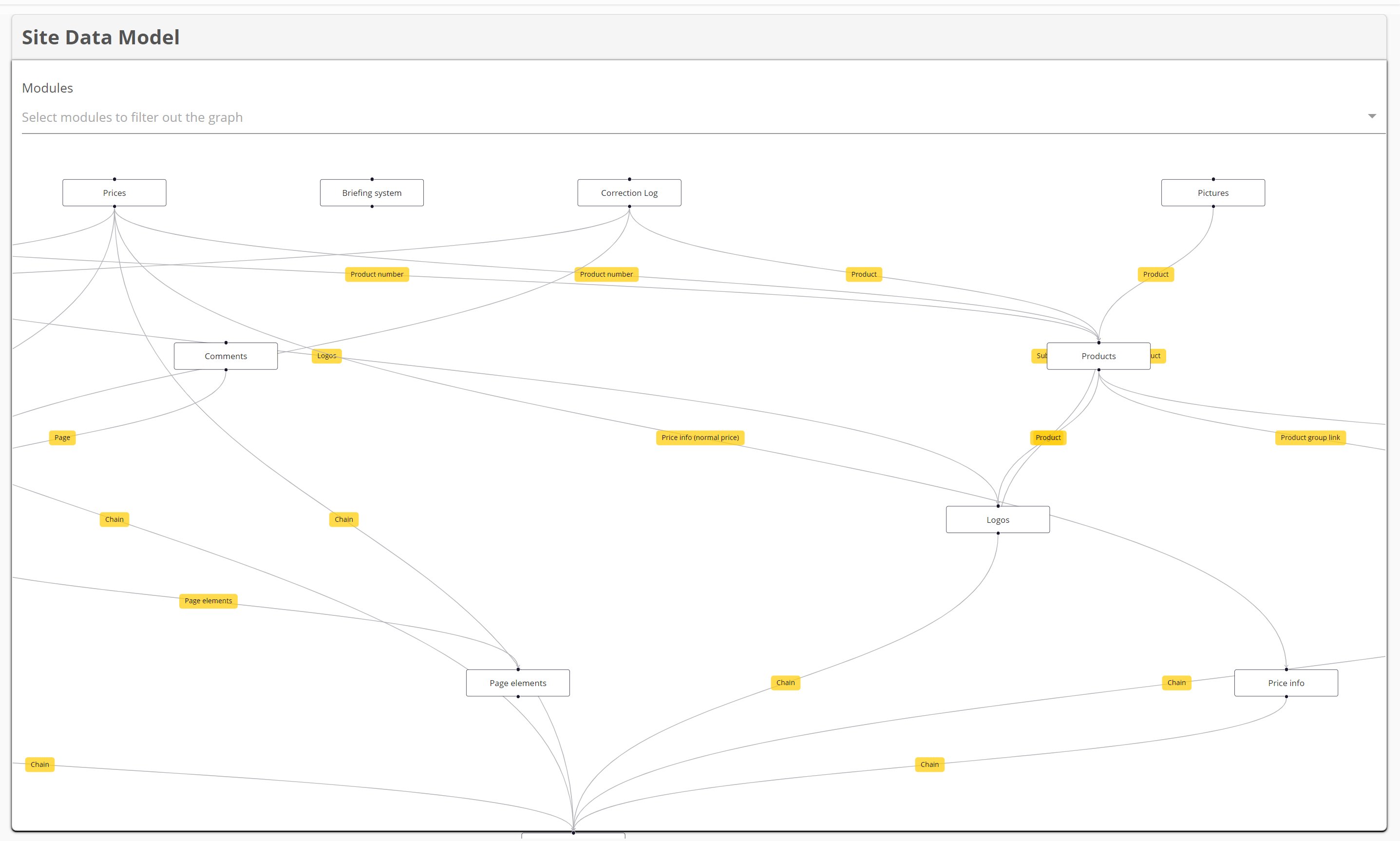
Fig.1.: Site Data Model default view ( no filters applied )
Terminology
Term: | Definition: |
|---|---|
Vertex or vertices | Module or modules in the graph |
Edge | Line connecting 2 modules displaying their relationship, in other words module links connecting 2 modules. |
Pipe | Used inside the edge to separate multiple links ( | ) |
Navigation
The following actions are available for users within Site Data Model:
Zooming and Panning:
To adjust the size of the view, user can zoom in and out with the use of mouse scroll.
To pan or move around the Site Data Model view, click and drag the screen to the desired position. This will allow the user to see items outside of the view or to position desired module in the center of the view.
Changing Module Positions:
The vertices ( modules ) can be moved around by clicking and dragging them with mouse. This allows the user to organize the modules in desired visual representation. The edges are repositioned automatically when a vertex is moved.
The default positions will be restored when opening the Site Data Model the next time.
Filtering by Module:
By default, the Site Data Model will display all active modules available for the current user and all connections. In some instances this might be a large number of modules and it might be more convenient to use the filtering option to display only the modules and relations needed.
The filtering tool is located on the top section of the Site Data Model. We can activate the filtering by clicking on the filter dropdown menu. This will display a list of all available modules for the user:
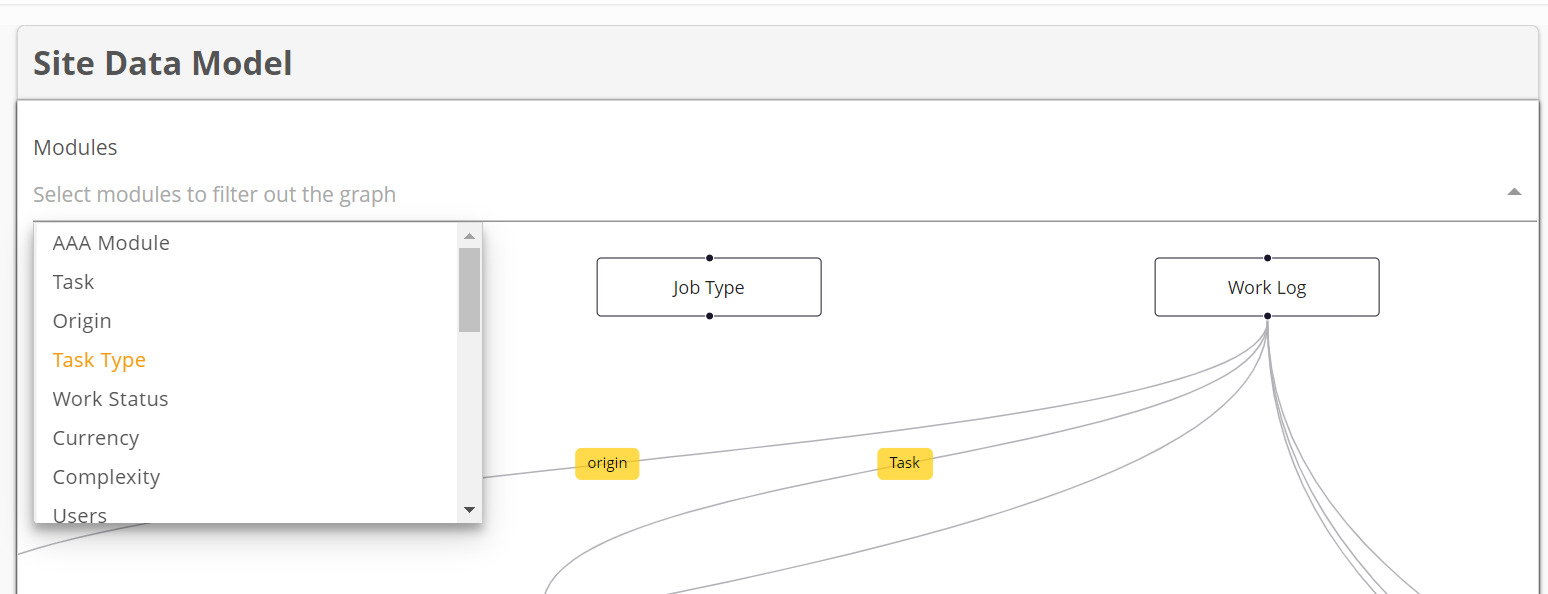
Fig.2: Site Data Model Filter: dropdown list ( no filters applied )
Each module selected from the dropdown list will be added to the list of selected filters and only these modules and their relations are displayed.
Filters can be removed by clicking the x-icon located in front of the module name on the filter bar.
The default non-filtered view will be restored when opening the Site Data Model the next time.
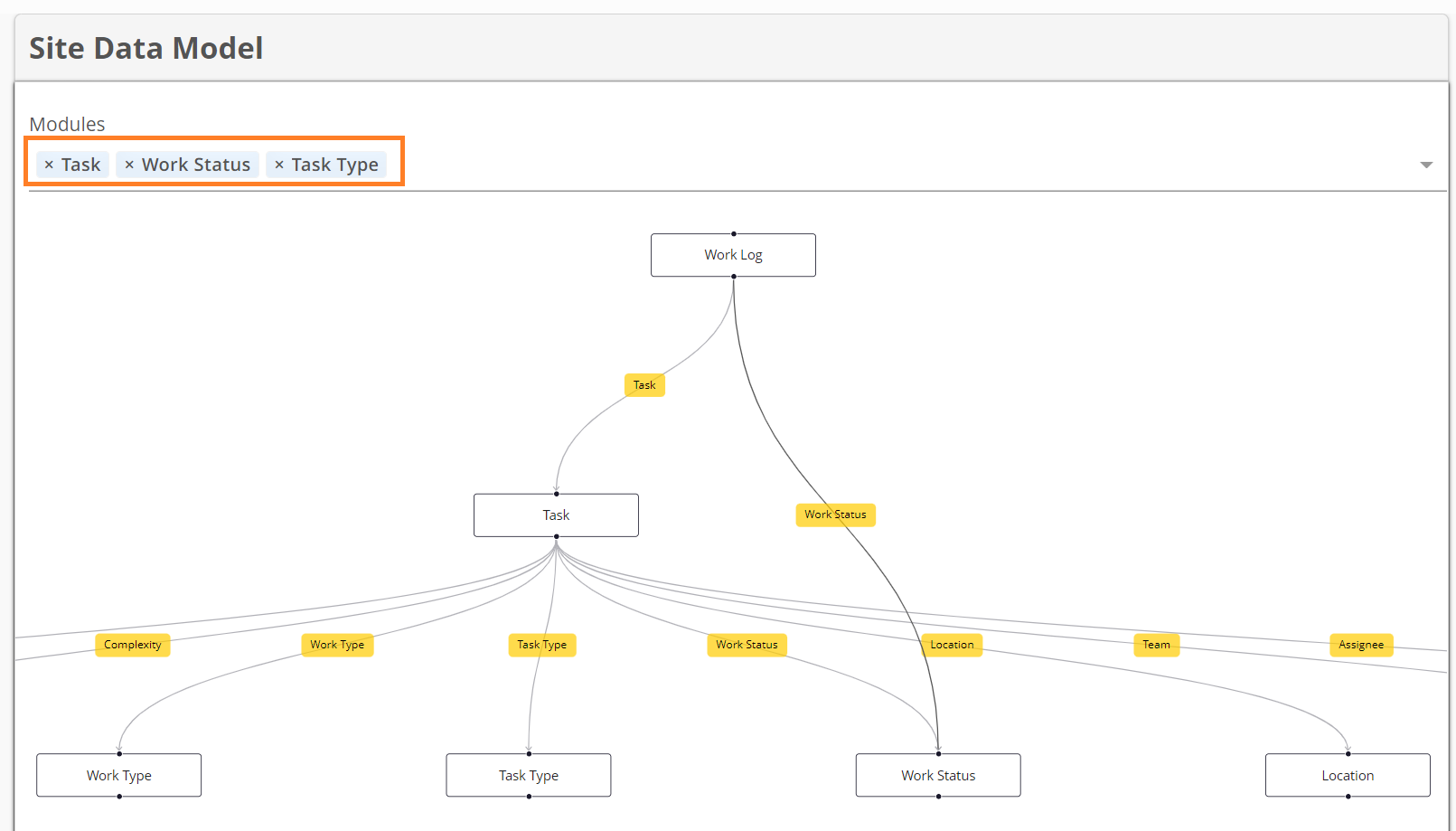
Fig.3: Site Data Model with filters applied - Only vertices matching filter criteria are displayed
Highlighting an Edge:
Edge between two vertices can be selected with mouse click. This allows user to better visualize any given connection when multiple connections exist:
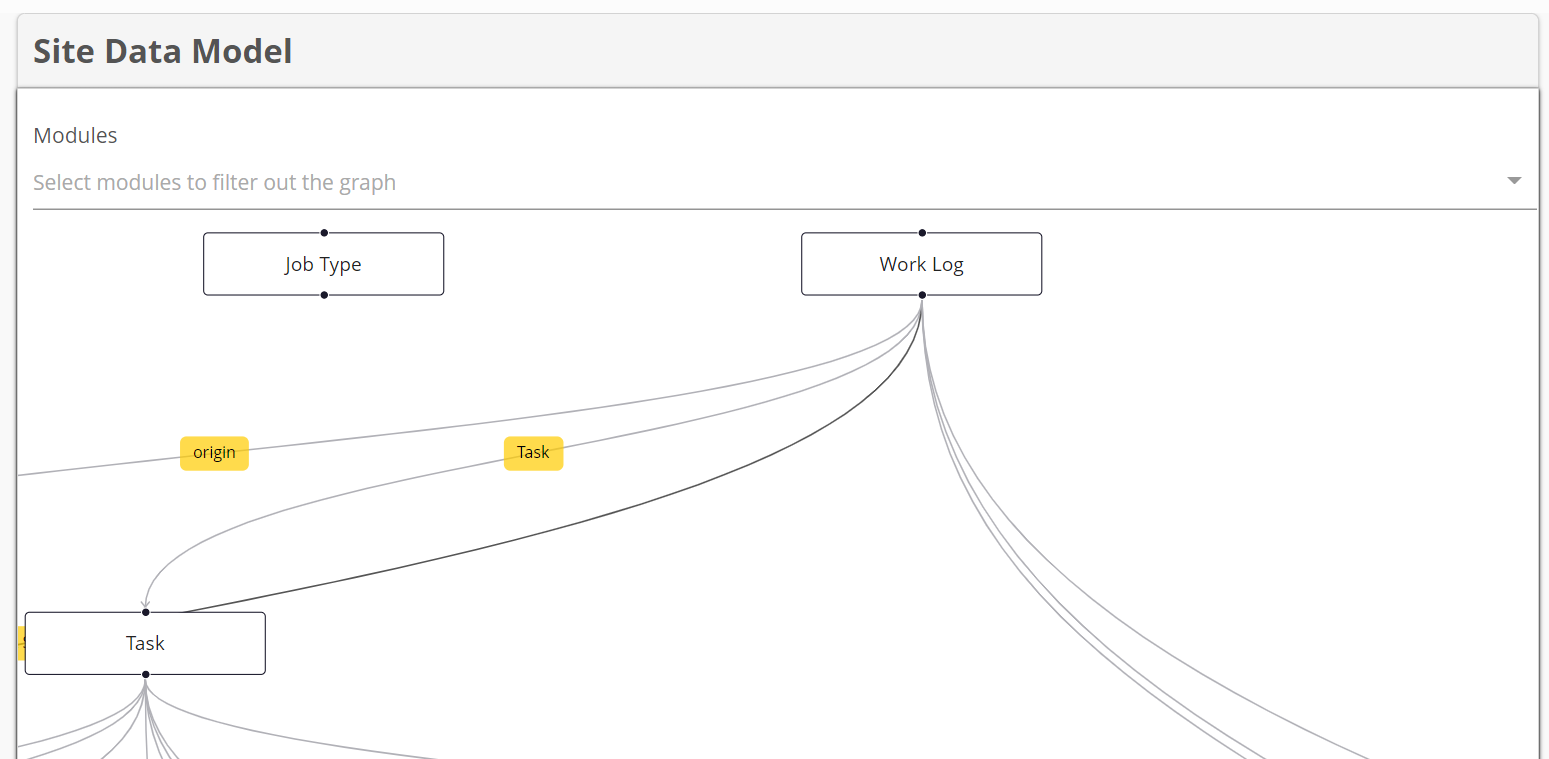
Fig.4: Edge between 2 vertices (target and source modules) is highlighted
Logic and Rules
Some vertices cannot be connected (if there is no link between vertices)
Data model will display only active modules
Available only to users with system admin or site admin access
Module names and field definitions respect current user language
Known limitations:
Edges overlap for cases when module has multiple module links
